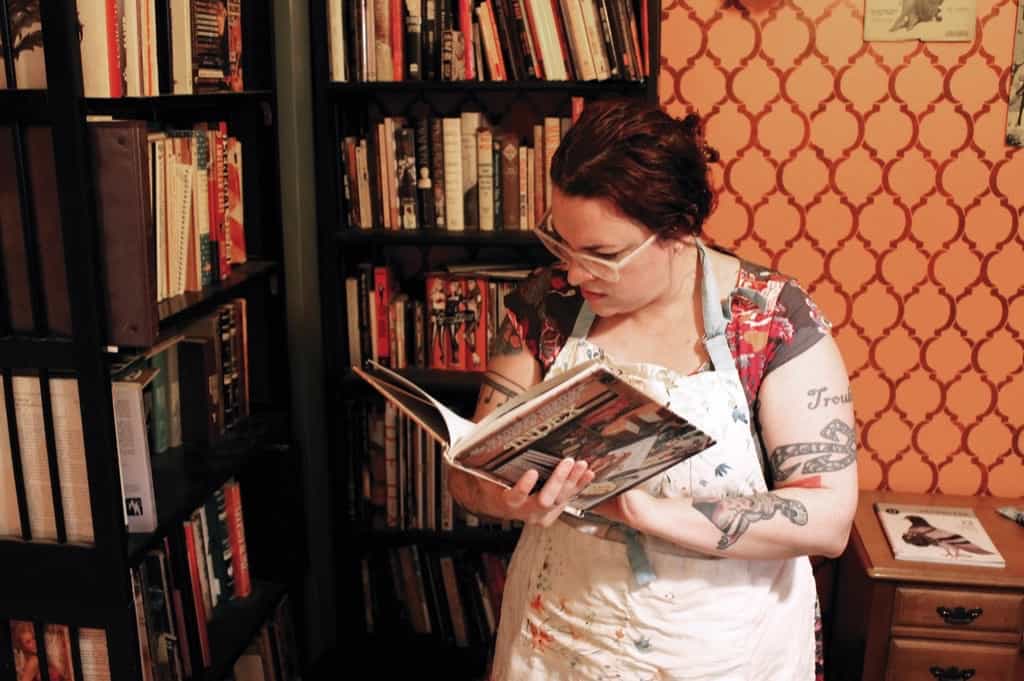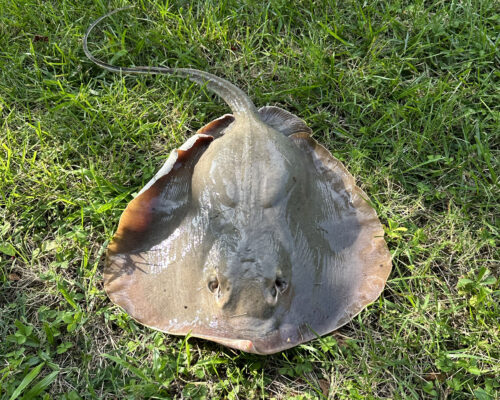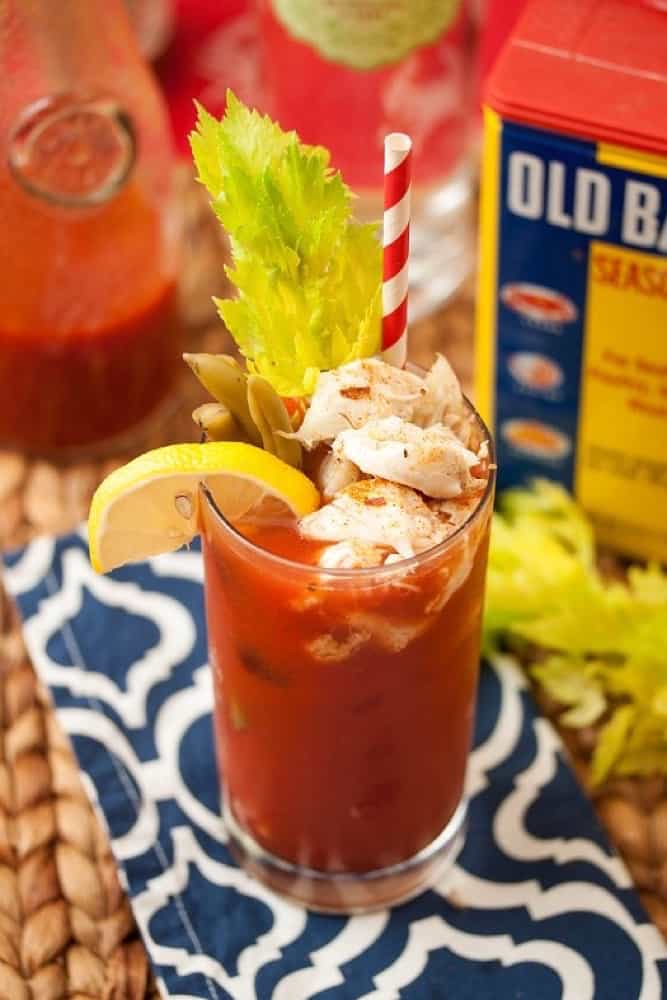Baltimore blogger feasts on centuries of Maryland cookbooks
Kara Mae Harris likes dirty books. No, not that kind. She likes battle-scarred old cookbooks—dog-eared tomes that have done time beside bubbling stew pots and sputtering fry pans, their pages cracked open while dripping spoons passed overhead. “Yeah, I get really excited when I find food splatters on cookbooks,” Harris says. “That’s the page you want to try, right?”
And she should know. Harris is the creator and cook behind Old Line Plate, a nine-year-old blog exploring Maryland’s foodways and cooking traditions through cookbooks from the Old Line State. Around 100 such cookbooks fill shelving at her Baltimore rowhouse, and she readily avails herself of the sizable culinary holdings at the Enoch Pratt Library, the Maryland Historical Society, and other repositories. Harris’s online index of Maryland recipes has over 32,000 listings.
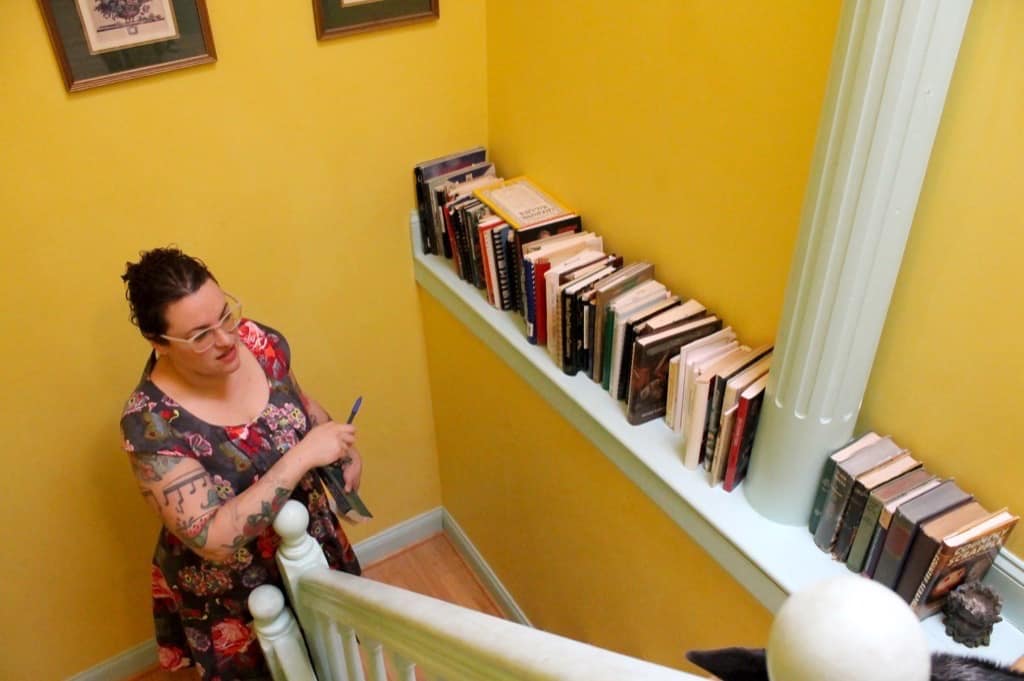
The culinary volumes she’s explored run a gamut from blue-blooded Jane Gilmor Howard’s 1873 effort Fifty Years in a Maryland Kitchen through the back-in-print 1932 offering Eat, Drink & Be Merry in Maryland to some more obscure titles: Charles County’s 1945 gift to the culinary world, Secrets of Southern Maryland Cooking (How to Keep Daddy Home) and 1970’s Grannie’s Goodies from Somerset County. When it comes to our state’s cookery, Chesapeake country—with its ready bounty from field and waters—reigns supreme over other parts of the state. “I really seek out all the regions of Maryland, but the Eastern Shore, Baltimore, and Annapolis are prominent,” Harris says. “And St. Mary’s County is the place I find most interesting. Western Maryland just wasn’t ever really known for its food.”
That said, some recipes from mountainous Maryland have trickled in, including a Garrett County one for bear steaks. If that sounds odd, remember the Bay area’s own esoteric, acquired-taste offerings: muskrat (“I’ve eaten it at a Maryland historical event, but I really need to get one at the market,” Harris says) and shad roe (“I like it—it’s good in small doses,” she allows).
The Plate project grew out of Harris’s passion for writing and her general interest in quirky history and pop culture. (An earlier blog focused on 78-rpm records.) She admits to not having had an overtly foodie childhood growing up in suburban Beltsville, outside DC. “I made a lot of cake mixes as a teenager,” Harris says. “That was really the height of my cooking at the time.”
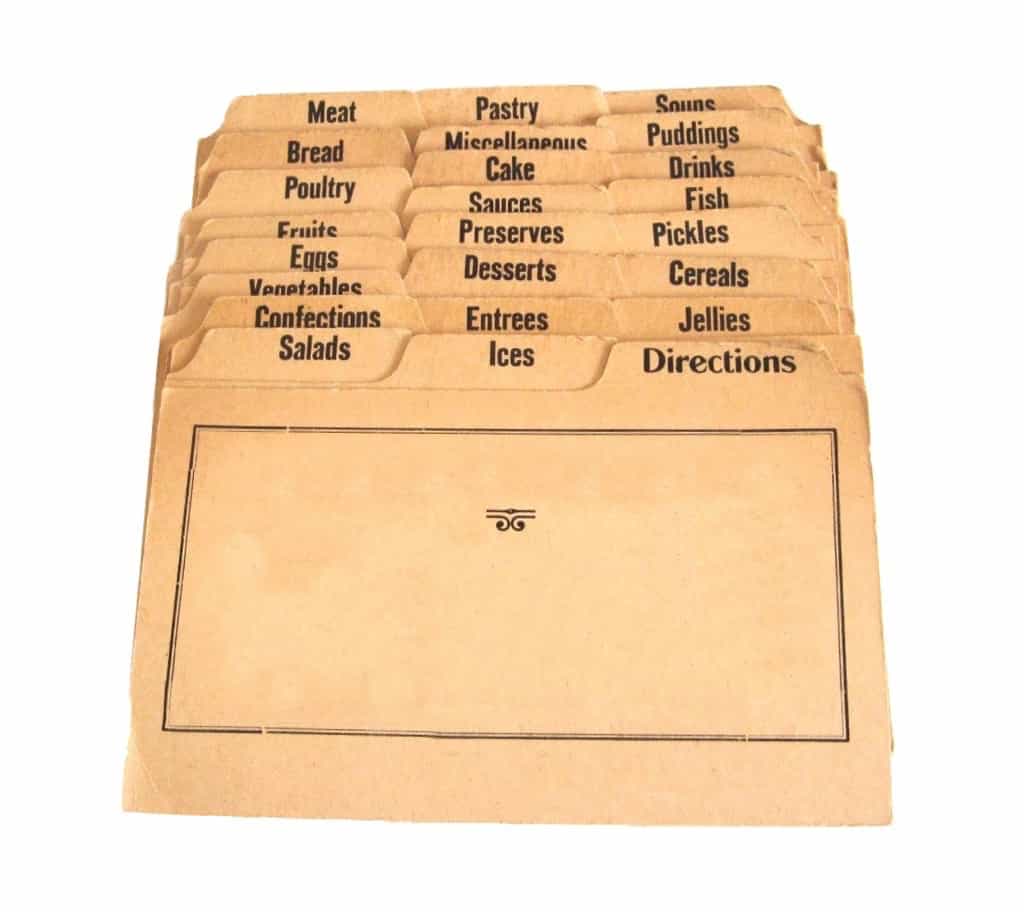
However, if the household had a gustatory go-to it was the Southern Heritage Cookbook Library, a series from the 1980s. In 2010, she borrowed one of these books from her mother—ostensibly for a cheesecake recipe—and was struck by how often Maryland appeared in its pages. “I never considered Maryland a Southern state,” Harris recalls. Her writerly mind found fodder here, and Old Line Plate launched that year with a post about Maryland White Potato Pie, a dish whose origins she traces back to 1774.
Harris figured she’d write her blog for two years, tops. “I wanted to try out a certain number of recipes, and a blog is a good way for an introverted person to interact with people,” she says. Most entries involve her making a dish, photographing it, and diving into its history. Nine years on, Old Line Plate’s popularity has forced Harris to channel her inner extrovert, whether being interviewed on NPR or giving culinary talks to groups.
In terms of what is cooked and how, Harris feels that Maryland is largely Southern. (North of the border, she says, a German influence can creep into food.) But she also unearthed an unpleasant undercurrent in how Maryland cuisine was often presented and celebrated back in the day. “It was part of a fetishized idea of plantation life,” she says. Some vintage cookbooks underscore this point by with the worst sort of racist imagery—illustrations of kerchief-headed mammies and all the rest.
Unheralded and overlooked dishes—such as that curious potato dessert—tend to earn blog posts, which is why she never thought she’d cover crab cakes. “It didn’t seem like they needed to be written about,” she says. “But there are a lot of misconceptions that people have about them.”
And so, her 2017 post “Crab Cakes (True History of)” cut through all the “fakelore” out there, including that early Native Americans made such cakes using cornmeal and bear fat. (This hooey apparently comes from the pages of Michener’s novel Chesapeake). The crab cake trail leads through its once-celebrated culinary cousin, deviled crab—sort of like crab imperial broiled in a crab shell. The term “crab cakes” first appeared in print in an 1891 cookbook by New Yorker (gasp!) Thomas Murrey. And the whole jumbo-lump-or-bust thinking entrenched today? Harris just says no. Her cakes—based on a waterman’s recipe The Sun ran in 1948—used all the meat from six crabs, along with the fat (or mustard).
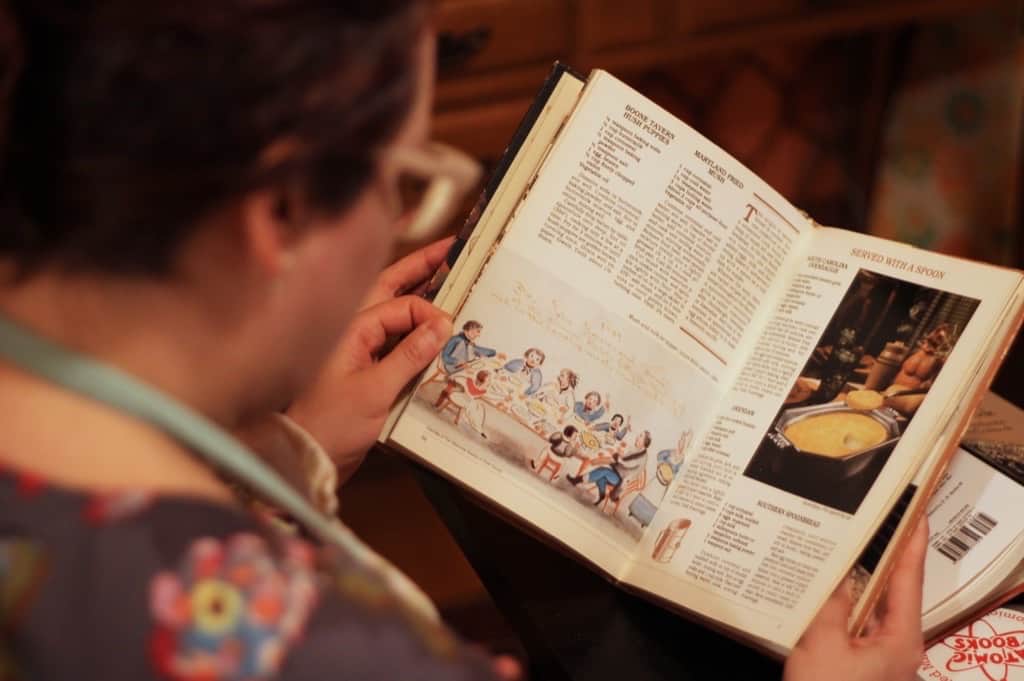
Peruse her blog long enough and you’ll witness her growth as both cook and culinary scholar. Take stuffed ham, probably Southern Maryland’s signature dish. “It’s so good,” Harris gushes. But it wasn’t love at first bite. It took her a few efforts and fraught posts to tastefully turn out a ham riddled with succulent veins of greens. Now, the ultimate compliment: She prepares it, not for the blog, but for her family “I made it this past Easter and it was like the best ever,” she says. “I want to start the tradition of doing it every year.”
Along the way, she’s also made Maryland chowder, Maryland fried chicken (another contentious topic—for Harris, its defining characteristic is a pan-scraping cream gravy), Maryland egg nog, and host of dishes that don’t have the state in their name but in their backstories. She also branched out to include interviews with culinary luminaries including African-American foodways historian Michael W. Twitty and Baltimore restaurateur and Chesapeake cookbook scribe John Shields.
While much of the publishing industry has been bruised in the digital age, sales of new cookbooks were up 21 percent last year. But Harris is not so sure what to make of this stat, noting that “some people just like looking at pictures of food.” In any event, she has no immediate need to peruse the new book aisle.
There’s a muskrat to purchase. Maybe Choptank frog legs to make? (This from The Chesapeake Collection the Woman’s Club of Denton put out in 1983.) “I still have a lot of stuff that I’d like to try and a whole shelf full of books with sticky flags marking pages,” she says.
Books where every stain tells a story.

